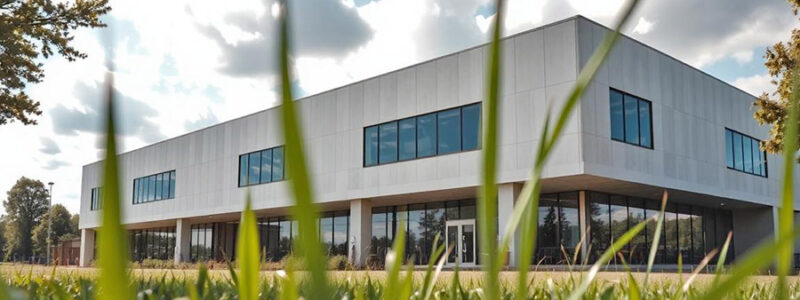
Where is the greatest potential for reducing carbon dioxide emissions, and which construction technologies can maximise the energy efficiency of buildings?
The construction and operation of buildings accounts for 39% of global CO2 emissions, of which 28% comes from operational emissions and the energy required for heating, cooling, and power supply, and 11% comes from the manufacture of materials and construction.
In the EU, only 25% of buildings are considered energy efficient, while in Ukraine the share of such buildings is about 5%. Consequently, the greatest potential for reducing carbon emissions lies in improving the energy efficiency of buildings and reducing the use of fossil fuels in the manufacture of building materials.
The use of energy-efficient building envelopes in combination with technologies such as heat pumps, renewable heat and electricity sources is the best way to create energy-independent buildings and achieve climate neutrality.
Rauta offers energy-efficient technologies using Ruukki products to create energy-efficient buildings.
Thanks to the special configuration of the joints and the presence of an EPDM seal in the sandwich panel locks, maximum airtightness of q50≤1 m3/(m2h) is achieved and energy consumption is reduced by up to 20% compared to conventional panels.
Highly efficient building envelopes made of Ruukki sandwich panels not only reduce overall carbon dioxide emissions and operating costs, but also provide greater comfort for people, enhance the company’s image, and increase the value of the building.
The use of Ruukki’s energy-efficient sandwich panels with special accessories and additional joint sealing can reduce a building’s energy consumption by up to 30%.
Green steel products
In 2023, Ruukki became the first company in the world to start producing sandwich panels and ventilated facade cladding from green steel, which is produced using hydrogen, electricity, and biogas instead of fossil fuels. The residual product of this production process is water, not carbon dioxide.
For facades and roofs that will be used in highly aggressive environments, Ruukki offers special Hiarc and Pural coatings, which provide excellent resistance to ultraviolet radiation, have increased resistance to dirt and scratches, and are also capable of reducing the heating temperature of the surface of enclosing structures.
Under the same conditions, energy-reflective coatings heat up 23% less than conventional coatings. This further reduces the amount of energy required to heat or cool rooms.
Rauta’s solution is a rooftop solar power plant that includes an enclosure made of Ruukki roof sandwich panels and modern monocrystalline solar panels with a set of special mounts.
Currently, the return on investment in RoofSolar for commercial buildings is 3.5-4 years.
Today, construction expertise is measured not in tons of concrete and steel, but in how little the construction and operation of buildings affect the environment. Improving construction technologies and using more energy-efficient materials and structures are essential steps for developers to take to preserve the planet.